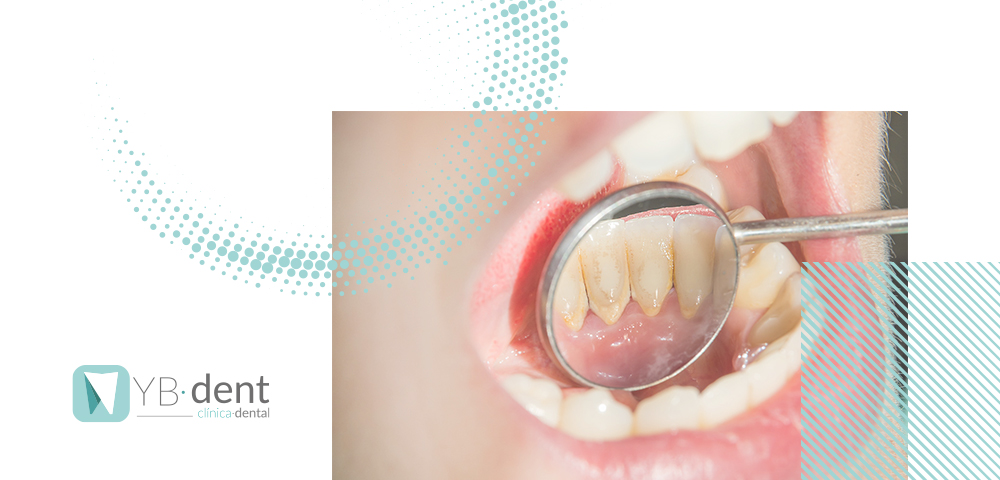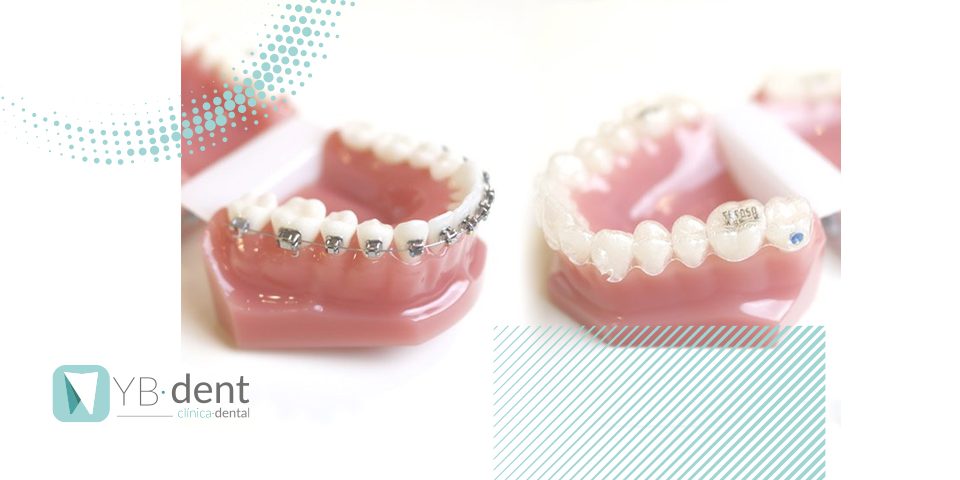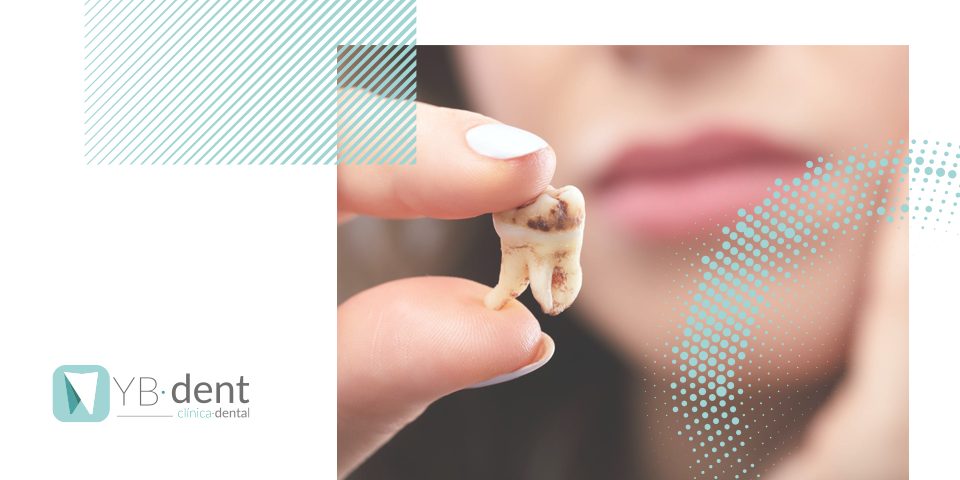¿Cómo combatir el sarro?

El sarro es una de las complicaciones más comunes de la higiene bucal. Aunque te cepilles con mucha frecuencia, este siempre vuelve a aparecer en tu boca. Resulta interesante saber que el sarro no trae consigo solo consecuencias estéticas sino que también a nivel odontológico.
Es por esto, que en este artículo te traemos toda la información referente al sarro. Desde su definición, cómo combatirlo y maneras de evitar la aparición del sarro en nuestra boca.
¿Qué es exactamente el sarro?
El sarro, también denominado como cálculo dental se define como el resultado de la mineralización de toda la placa bacteriana alojada en la boca. Esta placa está compuesta por la mezcla de saliva y de bacterias que se nutren de los residuos de alimentos.
Estas bacterias son las responsables de que se desarrollen caries y enfermedades del tipo periodontal (como gingivitis o periodontitis), estas suelen ser muy comunes en gran parte de la población. Aunque en muchas ocasiones se pueden evitar con una buena higiene bucal y con revisiones periódicas en el odontólogo.
Al principio, la placa tiende a ser invisible, pero una vez que se comienza a depositar las sustancias minerales (sales de calcio y fósforo) sobre los residuos se vuelve amarilla o marrón.
¿Cómo combatirlo?
Aunque el sarro y su acumulación se producen a causa de una mala higiene oral, no existe la opción de que puedan eliminarse por medio de un cepillado más eficiente o por un tratamiento individual que pueda hacer el paciente en casa. Por lo que solo existe una alternativa para eliminar el sarro.
Para eliminar el sarro, debes dirigirte a un centro odontológico y realizarte una limpieza bucodental ya que es la única manera que asegura remover el sarro de manera completa.
Este trabajo no requiere de anestesia para el paciente, solo se necesita de un higienista que cuente con instrumental manual no rotatorio que tiene el nombre de punta de ultrasonido. Este permite limpiar el sarro del esmalte que se puede ver con facilidad y aquel que se encuentra debajo de la línea entre las encías y el diente.
La limpieza bucal es un tratamiento que no generan dolor y que no produce un desgaste del esmalte de los dientes. Lo recomendable es realizarse una o dos limpiezas al año. Teniendo en cuenta que si eres una persona que suele padecer con mayor facilidad las caries o algún tipo de enfermedad periodontal las limpiezas se deben realizar con mayor frecuencia.
En el caso de que el sarro haya crecido de una manera más profunda debajo de las encías, se debe recurrir a realizar un tratamiento diferente llamado curetaje o raspado y alisado radicular. Este tipo de tratamiento si amerita el uso de la anestesia local debido a la magnitud del trabajo.
¿Cómo prevenirlo?
Para esto, existen varias medidas que ayudan a la prevención de formación del sarro.
La primera es pedir citas periódicas con tu odontólogo para que te hagan una serie de revisiones y limpiezas dentales cada cierto tiempo. Como hemos mencionado anteriormente, esta es la medida más eficaz para prevenir la formación de sarro, por lo que a su vez permite prevenir todas las enfermedades y consecuencias graves que el sarro acarrea.
Otra medida que nos permite evitar también la aparición temprana del sarro es mantener desde casa una buena higiene bucodental. Debido a que no existe una higiene correcta, la placa no tardará en acumularse en la boca y posteriormente formar sarro.
Dentro de esta higiene, es importante que se implemente el uso de colutorios bucales que se definen como aquellas sustancias que funcionan como enjuague que buscan remover todas las bacterias presentes en la boca. Con esta función, permite que no se forme placa en la boca que acto seguido se convierta en sarro.
Recuerda, si sientes que es hora de hacerte una limpieza bucal para prevenir el sarro en tu boca ¡No dudes en llamar a YB-Dent para pedir tu cita!



